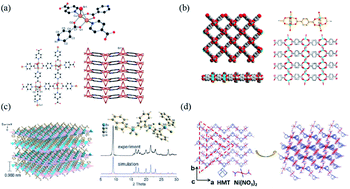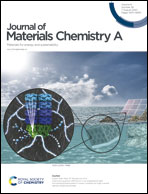Two-dimensional porous coordination polymers and nano-composites for electrocatalysis and electrically conductive applications
Abstract
Two-dimensional (2D) porous coordination polymers (PCPs) are a kind of porous crystalline material formed from metal nodes and organic ligands through coordination bonds. PCPs exhibit unique features such as flexible structures, abundant accessible active sites, and high surface areas. The greatest challenge in the commercialization of 2D PCPs and their nano-composites is achieving a controllable and facile synthesis of 2D PCPs with low cost and high quality. Recently, significant progress has been made in the structural and morphological regulation of 2D PCPs. It is still of considerable significance to further explore the synthetic mechanism and unique properties of 2D PCPs and their nano-composites. In this review, recent research progress in the synthesis of 2D PCP materials and their applications is summarized. Firstly, the development process of 2D PCPs is briefly introduced, and then the synthesis strategy of 2D PCPs and their nano-composites is discussed. Subsequently, the potential applications of 2D PCPs and their nano-composites in electro-catalysis and electronic transport are introduced. Finally, the challenges and prospects for the synthesis and applications of 2D PCPs and their nano-composites are addressed for future developments.



 Please wait while we load your content...
Please wait while we load your content...